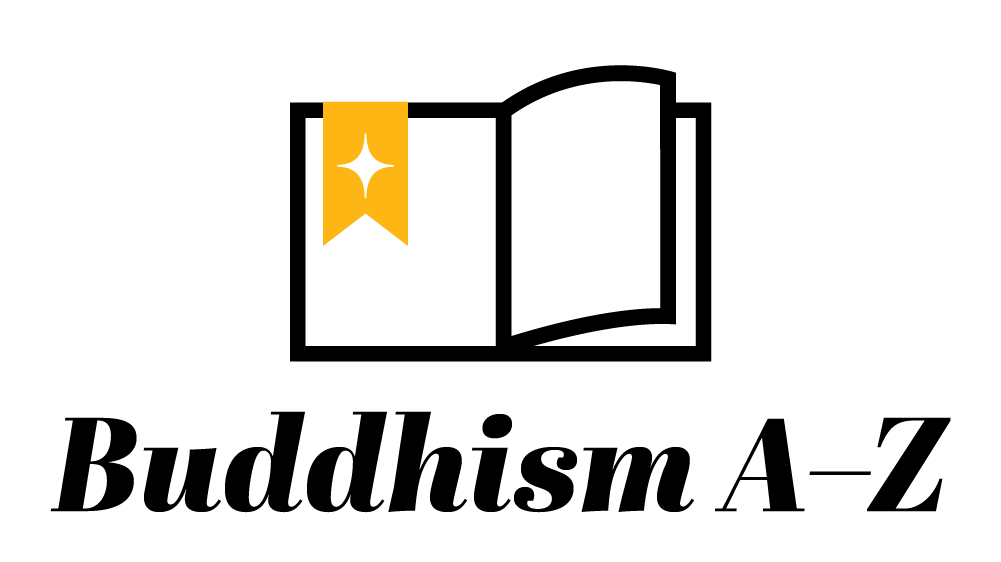Meditation is a vast topic, but all Buddhist meditation practices are based on two elements: resting the mind and looking at the nature of whatever arises. These are often referred to as mindfulness and awareness. Buddhist meditation techniques range from extremely complex and outrageously exotic to almost nonexistent. But at the core of each method is resting, looking, or both.
Two Main Types of Buddhist Meditation
Resting Meditation (Shamatha)
The Sanskrit name for resting meditation is shamatha. Shamatha means peace, calmness, or tranquility. While it’s natural to assume that these positive states of mind come from eliminating whatever might cause disturbances, this is not the case. The point of shamatha practice is to learn to make peace with all the unsettling emotions and thoughts that we are always struggling with. Resting meditation is a way of making friends with the disturbances rather than suppressing or getting rid of them.
Looking Meditation (Vipashyana)
The Sanskrit name for looking meditation is vipashyana. Vipashyana means clear-seeing or insight. As we make peace with our experience through shamatha practice, we can begin to examine whatever is arising in the mind. Through looking, we gradually discern the nature of the mental phenomena and discover they are not what we thought they were. These discoveries gradually lead to freedom from the compulsive chain reactions that are the causes of samsara.
Buddhist Meditation Practices
Mindfulness Meditation
The basic meditation technique taught by the Buddha is described in a seminal text known as the Satipatthana Sutta. The most common form of this meditation practice involves resting one’s attention on the breath, noticing when thoughts arise, and then returning one’s attention to the breath as often as necessary. This is basically a mindfulness practice. A wide variety of variations and enhancements to this basic practice exist within the various Buddhist schools and lineages.
Contemplative Meditation
Another type of practice is contemplation or analytical meditation. This involves both conceptual thinking on a more obvious level and mental investigation on a more subtle level. This type of practice is used both to integrate the teachings one has studied with one’s personal experience and to investigate the true nature of phenomena. For example, one might study a text and contemplate its meaning or follow a series of prompts that ask one to examine experience, such as “What color is my mind.” Zen koans fall into this category of contemplative meditation.
Compassion Meditation
Meditations on compassion reduce self-clinging, open us to others’ suffering, and cultivate positive attitudes and habits. For example, a meditation on the four brahmaviharas—loving-kindness, compassion, sympathetic joy, and equanimity—can enhance these attitudes in one’s mindstream. Tonglen (Tibetan for sending and taking) is a practice of exchanging oneself for others. While breathing in, one visualizes taking in others’ losses and suffering; while breathing out, one visualizes giving happiness and success to all sentient beings. When accommodating the difficult experiences that one breathes in, tonglen is a form of shamatha, resting. When recognizing the empty nature of those experiences, tonglen is vipashyana.
Tantric Meditation
Tantric deity practices include a development stage, in which one visualizes deities and their mandalas, and a completion stage, in which the visualizations are dissolved into emptiness. The development stage points out the process of fabrication that continually goes on in our minds. The completion stage points out the empty nature of those fabrications. Resting the mind on the visualizations is shamatha. Recognizing their nature is vipashyana.
Formless Meditation
The least structured meditation techniques are “just sitting” (shikantaza) in the Zen tradition and mahamudra and dzogchen in the Vajrayana tradition. These practices are the union of shamatha and vipashyana and involve forms of meditation that involve no objects of meditation, and are therefore considered “formless.”
Buddhism A–Z
Explore essential Buddhist terms, concepts, and traditions.

